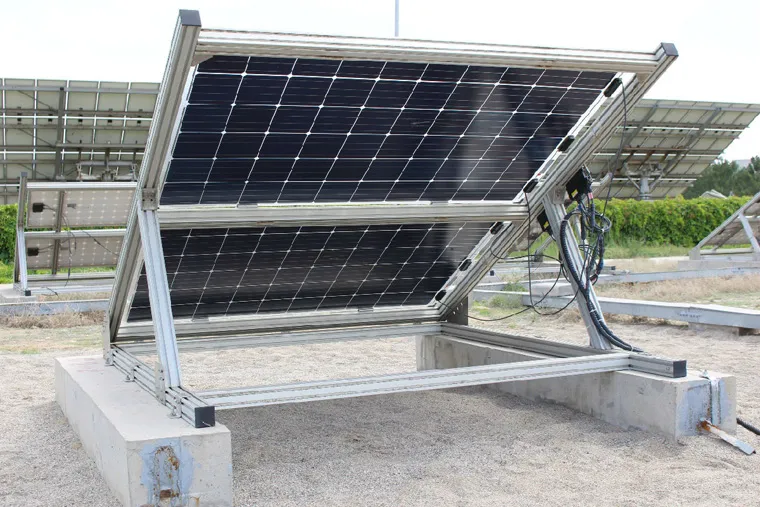Current Pricing Trends for 300 Watt Solar Panels in Today's Market
Understanding the Cost of 300W Solar Panels Factors and Insights
In recent years, solar energy has burgeoned into a leading alternative to traditional electricity sources. Among the various products on offer, 300W solar panels have gained popularity among residential and commercial consumers due to their efficient power output and relatively compact size. However, understanding the price of these solar panels requires examining a variety of factors, including market trends, manufacturing costs, and installation expenses.
What Influences the Price of 300W Solar Panels?
1. Manufacturing Costs One of the primary components influencing the price of solar panels is the cost of materials and manufacturing processes. The most common type of solar panel is the photovoltaic (PV) panel, which is typically constructed from silicon. The price of silicon can fluctuate based on market demand and supply chain dynamics, impacting the overall price of solar panels. Additional materials like glass, aluminum, and the synthetic resins used in panel encapsulation also contribute to the manufacturing costs.
2. Technology and Efficiency The technology utilized in the solar panels significantly affects their pricing. More advanced technologies, such as monocrystalline solar panels, often command higher prices due to their higher efficiency and longer lifespan when compared to polycrystalline variants. While 300W monocrystalline panels might come at a premium, they typically provide better performance and space efficiency, which can be more cost-effective for consumers over the long run.
3. Market Demand and Supply Like any market, the demand for solar panels follows economic trends. When more individuals and businesses choose to invest in renewable energy, there is an increased demand for solar panels, which can push prices upward. Conversely, during periods of lower demand or increased production capabilities, panel prices may decrease. Additionally, government incentives and subsidies aimed at promoting renewable energy can further influence market prices.
4. Installation Costs Purchasing a solar panel is just one piece of the puzzle; installation costs are equally significant in determining the overall investment needed for a solar energy system. On average, installation costs can range from $0.50 to $1.00 per watt. For a 300W solar panel, this translates to an additional $150 to $300 in installation expenses. Factors influencing installation costs include the complexity of the installation (e.g., roof type and angle), regional labor costs, and any necessary electrical work.
300w solar panel price

5. Warranty and Brand Reputation The brand reputation of solar panels can also play a role in pricing. Renowned manufacturers often offer extended warranties and guarantees, which can add to the upfront costs but provide peace of mind and protection against future failures. Customers may be willing to pay more for products from established companies known for high-quality and reliable performance, reflecting their confidence in longevity and efficiency.
Current Market Trends for 300W Solar Panels
As of 2023, average prices for 300W solar panels typically range anywhere from $200 to $400 per panel, depending on the factors discussed above. Moreover, prices can vary significantly across different retailers and manufacturers, making it essential for consumers to shop around and compare options.
In many regions, the increased adoption of renewable energy policies has created a favorable environment for solar panel investment. Governments are offering incentives such as tax credits, rebates, and renewable energy certificates, making solar energy even more attractive financially.
Conclusion
Investing in 300W solar panels represents a significant financial commitment for many consumers, but it also offers the promise of lowered energy bills, increased property value, and a smaller carbon footprint. Understanding the multiple factors that influence solar panel pricing can empower consumers to make informed decisions and seek the best deals possible within their budgets.
As technology continues to advance and efficiencies improve, it is likely that prices will stabilize or even decrease, paving the way for wider adoption of solar energy systems. Ultimately, the shift towards renewable energy not only promises financial advantages for individuals but also contributes to a sustainable future for global communities. Investing in solar technology today may very well lead to substantial benefits tomorrow.
-
String Solar Inverter: The High-Efficiency Solution for Smart Solar EnergyNewsJul.14,2025
-
Revolutionizing Rooftop Energy with the Power of the Micro Solar InverterNewsJul.14,2025
-
Power Independence with Smart Off Grid Solar Inverter SolutionsNewsJul.14,2025
-
On Grid Solar Inverter: Powering the Future with Smart Grid IntegrationNewsJul.14,2025
-
Monocrystalline Solar Panels: High-Efficiency Power for the Future of Clean EnergyNewsJul.14,2025
-
Bifacial Solar Panel: A Smarter Investment for Next-Generation Energy SystemsNewsJul.14,2025







